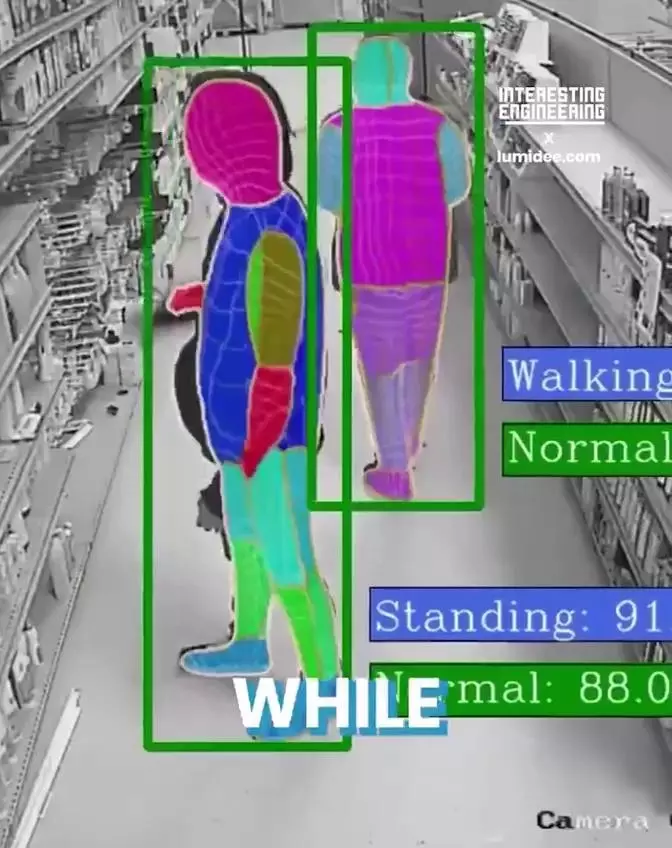AI Vigilant Eye: How Artificial Intelligence is Revolutionizing Theft Detection
Hey Questers,
In today's interconnected world, the threat of theft looms large. From retail stores to financial institutions, and even our own homes, the potential for loss is ever-present. But what if there was a way to outsmart those who seek to steal? Enter artificial intelligence (AI), a powerful tool that's transforming the way we detect and prevent theft.

Here's a breakdown of how AI works to detect theft:
Data Collection and Analysis:
- Surveillance Cameras: AI-powered surveillance cameras capture video footage and analyze it in real-time. They can detect unusual movements, identify objects left unattended, and recognize faces of known criminals.
- Sensor Data: AI systems can process data from various sensors like motion detectors, vibration sensors, and pressure sensors. These sensors can detect unauthorized access, tampering, or other suspicious events.
- Transaction Data: AI can analyze financial transactions, looking for patterns that deviate from normal behavior. This can help detect fraudulent activities like credit card theft or insurance fraud.
Machine Learning Algorithms:
- Supervised Learning: AI models are trained on large datasets of labeled data (examples of both normal and suspicious behavior). This helps the system learn to recognize patterns and make accurate predictions.
- Unsupervised Learning: AI models can analyze unlabeled data to discover hidden patterns and anomalies. This is useful for identifying new types of theft that may not have been previously encountered.
- Deep Learning: Deep learning techniques, such as convolutional neural networks (CNNs), are particularly effective for analyzing complex data like images and videos. They can identify objects, faces, and actions with high accuracy.
Anomaly Detection:
- AI systems can establish a baseline of normal behavior and identify deviations from this norm. This can help detect unusual activities like unauthorized entry, theft of valuable items, or suspicious interactions between individuals.
- Behavioral Analysis: AI can analyze human behavior patterns, such as gait, posture, and facial expressions, to identify suspicious individuals or activities.
Real-time Alerts & Response
- AI systems can generate real-time alerts when they detect suspicious activity. These alerts can be sent to security personnel or law enforcement agencies, enabling a quick response.
- Automated Response: In some cases, AI systems can be programmed to take automated actions, such as locking doors, activating alarms, or dispatching security personnel.
Continuous Learning and Improvement:
- AI systems are constantly learning and improving. As they encounter new data and scenarios, they can adapt their models and detection algorithms to become more accurate and effective.
Applications of AI in Theft Detection:
- Retail: AI-powered systems can detect shoplifting, employee theft, and fraudulent returns.
- Banking and Finance: AI can help detect credit card fraud, money laundering, and other financial crimes.
- Home Security: AI-powered home security systems can detect intruders, monitor for unusual activity, and alert homeowners of potential threats.
- Law Enforcement: AI can assist law enforcement agencies in analyzing crime data, identifying suspects, and predicting future criminal activity.
Source: X( Interesting Engineering ).
⏩ Follow for more amazing Tech updates.
Happy QUESTING
I Quest On & On
Quester
iQOO Community
Tech
248
14
Please sign in
Login and share
Sign in






















